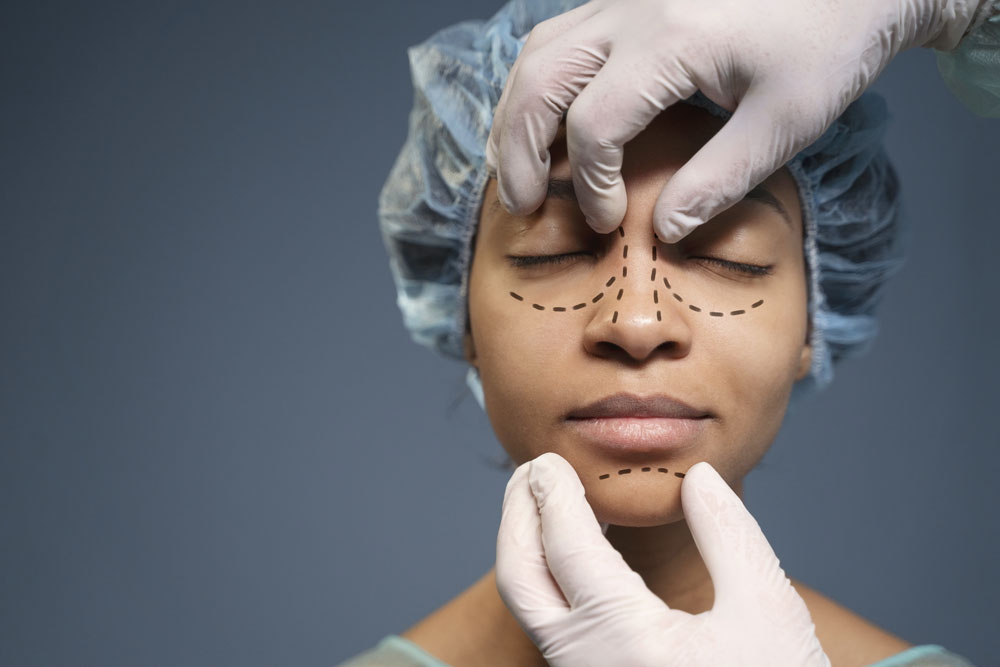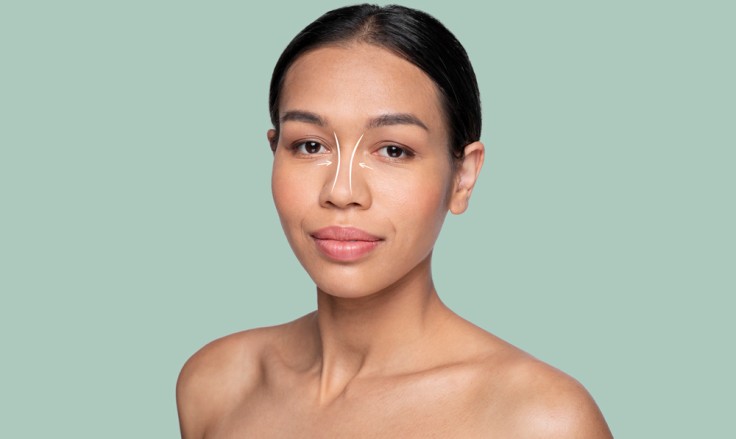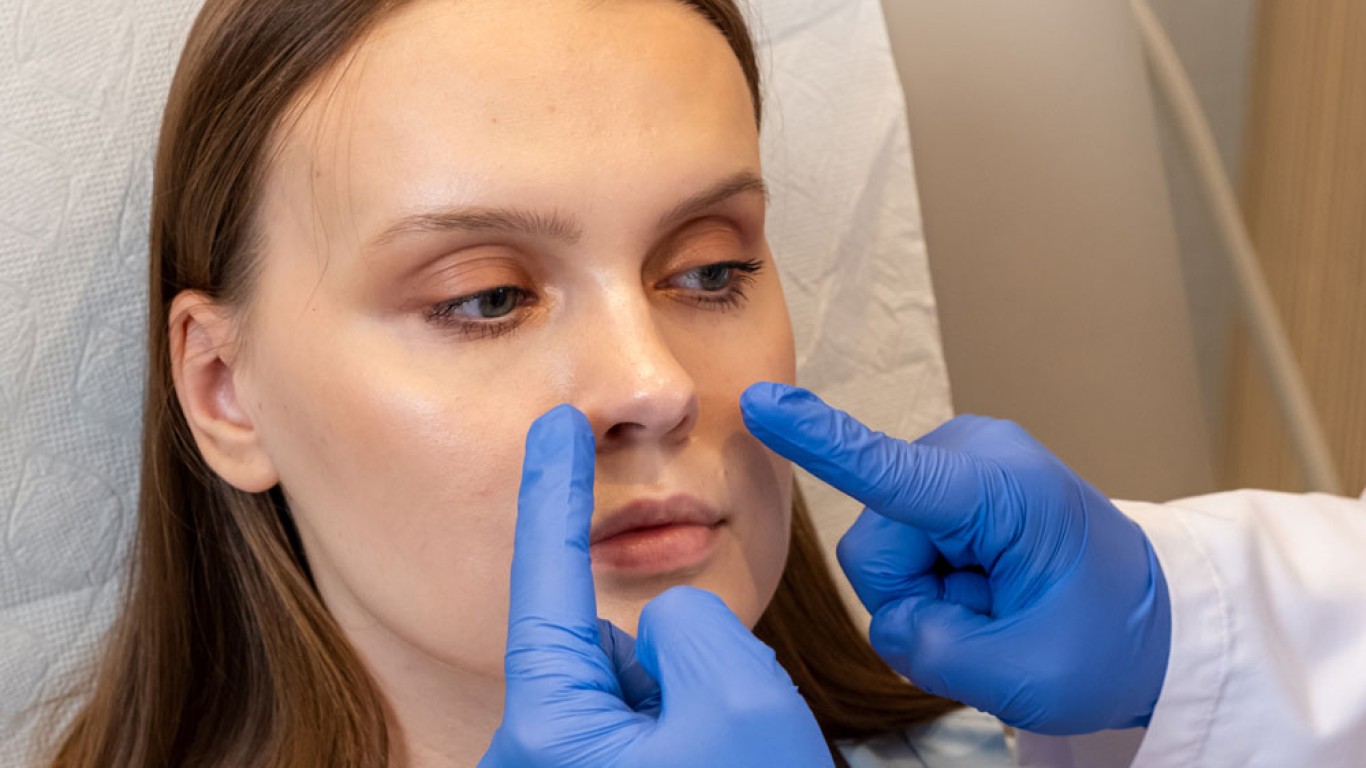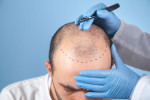Ethnic rhinoplasty is one of the most personalised and advanced forms of nasal surgery. It respects cultural identity while refining facial balance and harmony. Many patients seek it to enhance appearance without losing their distinctive features. Because both Turkey and the USA offer skilled surgeons, comparing cost and approach helps individuals choose where to undergo treatment confidently.
What Is Ethnic Rhinoplasty?
Ethnic rhinoplasty is a specialised type of nasal surgery that focuses on reshaping the nose while preserving ethnic characteristics. Unlike standard rhinoplasty, which often aims for a universal look, this technique tailors each result to complement cultural identity and facial structure.
It requires precision, artistry, and deep understanding of facial anatomy across different backgrounds. The procedure can refine nasal shape, correct breathing difficulties, or adjust proportions without erasing heritage. Patients of African, Asian, Middle Eastern, or Latin descent often choose ethnic rhinoplasty to maintain authenticity and individuality.
Procedure Overview
The procedure follows the same general principles as traditional rhinoplasty but is highly customised. Surgeons assess nasal skin thickness, cartilage strength, and overall facial balance.
During surgery, small incisions are made—usually inside the nostrils or across the columella—to access underlying structures. Depending on goals, the surgeon may reduce, refine, or build up specific nasal components using cartilage grafts. Because subtlety is key, ethnic rhinoplasty demands technical skill and cultural sensitivity.
Modern technology, including 3D imaging and ultrasonic instruments, allows precise shaping and faster recovery. Patients typically return to work within ten days, and swelling subsides gradually over several weeks.
Cultural Sensitivity and Aesthetic Balance
Ethnic rhinoplasty is more than just reshaping the nose—it’s about enhancing natural harmony. Surgeons take into account ethnic characteristics such as nasal bridge height, tip projection, and skin thickness.
For example, patients of African descent often have softer cartilage and wider nostrils, while those of Middle Eastern backgrounds may seek refinement of a high nasal bridge. Each approach aims to maintain identity while achieving symmetry and elegance. This blend of artistry and respect ensures that results appear natural and authentic.
Ethnic Rhinoplasty in Turkey
Turkey has become a leading destination for ethnic rhinoplasty due to its blend of advanced medical expertise and affordability. Surgeons in Istanbul, in particular, are renowned for their ability to adapt techniques to diverse ethnic features.
Procedures are performed in accredited hospitals using state-of-the-art technology. Surgeons focus on natural refinement rather than drastic change. Because Turkey is at the crossroads of cultures, its specialists understand ethnic diversity exceptionally well. Patients from across Europe, Asia, and the Middle East travel there for both quality and personalised results.

Ethnic Rhinoplasty in the USA
In the United States, ethnic rhinoplasty is equally sophisticated but typically more expensive. American surgeons often specialise in culturally specific aesthetics and use advanced imaging tools to plan surgeries precisely.
However, higher living costs and healthcare expenses significantly influence pricing. The focus is also on maintaining ethnic integrity, though approaches may vary depending on the surgeon’s training. While results are excellent, many patients consider travelling abroad for comparable quality at a lower cost.
Average Cost Comparison
| Country | Average Cost Range |
| USA | $8,000 – $15,000 |
| Turkey | $3,000 – $5,500 |
Costs include consultation, anaesthesia, surgery, and post-operative care. In Turkey, many clinics also offer packages covering accommodation and transfers. This comprehensive approach makes travelling for surgery both convenient and affordable.
Why Turkey Offers Greater Value
The cost difference doesn’t reflect a compromise in quality. Turkish clinics maintain international standards and employ surgeons trained in Europe and the USA. Lower operational expenses and currency exchange rates make treatments more accessible.
Additionally, Turkey’s medical tourism sector is highly competitive, ensuring excellent care and hospitality. Many patients find that ethnic rhinoplasty there provides world-class results at nearly half the price of American clinics.
Technology and Techniques Used
Modern ethnic rhinoplasty often incorporates ultrasonic or piezo technology to sculpt nasal bone gently. This method reduces trauma, swelling, and bruising. Surgeons can shape and refine structures with extraordinary precision.
Cartilage grafts from the septum or ear are sometimes used to build definition or improve breathing. In both Turkey and the USA, 3D imaging tools help surgeons visualise outcomes before surgery. These innovations contribute to safer, more predictable, and longer-lasting results.
Conclusion
Ethnic rhinoplasty celebrates diversity while refining balance and confidence. Whether performed in Turkey or the USA, it offers permanent, natural results. Turkey, however, provides comparable expertise at a significantly lower cost. By choosing skilled surgeons who respect individuality, patients achieve transformation without compromising their cultural identity.
For more information and to book a consultation visit the ACIBADEM Beauty Center.
Frequently Asked Questions
It focuses on preserving ethnic features while refining the nose’s shape and proportion naturally.
Yes, results are long-lasting once healing is complete, though ageing can cause subtle changes.
Lower medical costs and currency exchange rates make Turkey more affordable without reducing quality.
Most patients return to daily routines within ten days, with final results visible after several months.
Yes, when combined with functional correction, it can enhance airflow and overall comfort.














